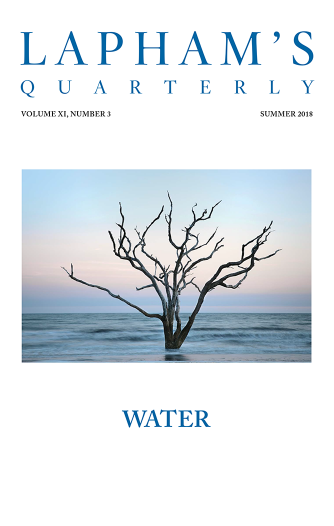Most noble, powerful, and Catholic Prince, invincible Emperor, and our sovereign Lord,
In regard to the domestic appointments of Montezuma and the wonderful grandeur and state that he maintains, there is so much to be told that I assure your Highness I know not where to begin my relation so as to be able to finish any part of it. For what can be more wonderful than that a barbarous monarch, as he is, should have every object found in his dominions imitated in gold, silver, precious stones, and feathers—the gold and silver being wrought so naturally as not to be surpassed by any smith in the world, the stonework executed with such perfection that it is difficult to conceive what instruments could have been used, and the feather work superior to the finest productions in wax or embroidery. Within the city his palaces were so wonderful that it is hardly possible to describe their beauty and extent; I can only say that in Spain there is nothing equal to them.
There was one palace somewhat inferior to the rest, attached to which was a beautiful garden with balconies extending over it, supported by marble columns and having a floor formed of jasper elegantly inlaid. There were apartments in this palace sufficient to lodge two princes of the highest rank with their retinues. There were likewise belonging to it ten pools of water in which were kept the different species of waterbirds found in this country, of which there is a great variety, all of which are domesticated: for the seabirds there were pools of saltwater, and for the river birds, of freshwater. The water is let off at certain times to keep it pure and is replenished by means of pipes. Each species of bird is supplied with the food natural to it, which it feeds upon when wild. The emperor has three hundred men whose sole employment is to take care of these birds, and there are others whose only business is to attend to the birds that are in bad health.
Over the pools for the birds there are corridors and galleries, to which Montezuma resorts and from which he can look out and amuse himself with the sight of them. There is an apartment in the same palace in which are men, women, and children, whose faces, bodies, hair, eyebrows, and eyelashes are white from their birth. The emperor has another very beautiful palace with a large courtyard paved with handsome flags in the style of a chessboard. There were also cages, about nine feet in height and six paces square, each of which was half covered with a roof of tiles, and the other half had over it a wooden grate, skillfully made. Every cage contained a bird of prey, of all the species found in Spain, from the kestrel to the eagle, and many unknown there. There was a great number of each kind, and in the covered part of the cages there was a perch and another on the outside of the grating, the former of which the birds used in the nighttime and when it rained, and the other enabled them to enjoy the sun and air. To all these birds, fowls were daily given for food and nothing else. There were in the same palace several large halls on the ground floor filled with immense cages built of heavy pieces of timber, well put together, in all or most of which were kept lions, tigers, wolves, foxes, and a variety of animals of the cat kind, in great numbers, which were also fed on fowls. The care of these animals and birds was assigned to three hundred men. There was another palace that contained a number of men and women of monstrous size, and also dwarfs, and crooked and ill-formed persons, each of which had their separate apartments. These also had their respective keepers. As to the other remarkable things that the emperor had in his city for his amusement, I can only say that they were numerous and of various kinds.
From a letter to Charles V. Having already acted as a notary to a town in Hispaniola and served twice as a mayor in Cuba, Cortés set sail for Mexico in February 1519 with eleven ships, 508 soldiers, and sixteen horses. With the capture of Tenochtitlán in August 1521, Cortés conquered the Aztec empire, becoming ruler of an area spanning from the Caribbean Sea to the Pacific Ocean.
Back to Issue

